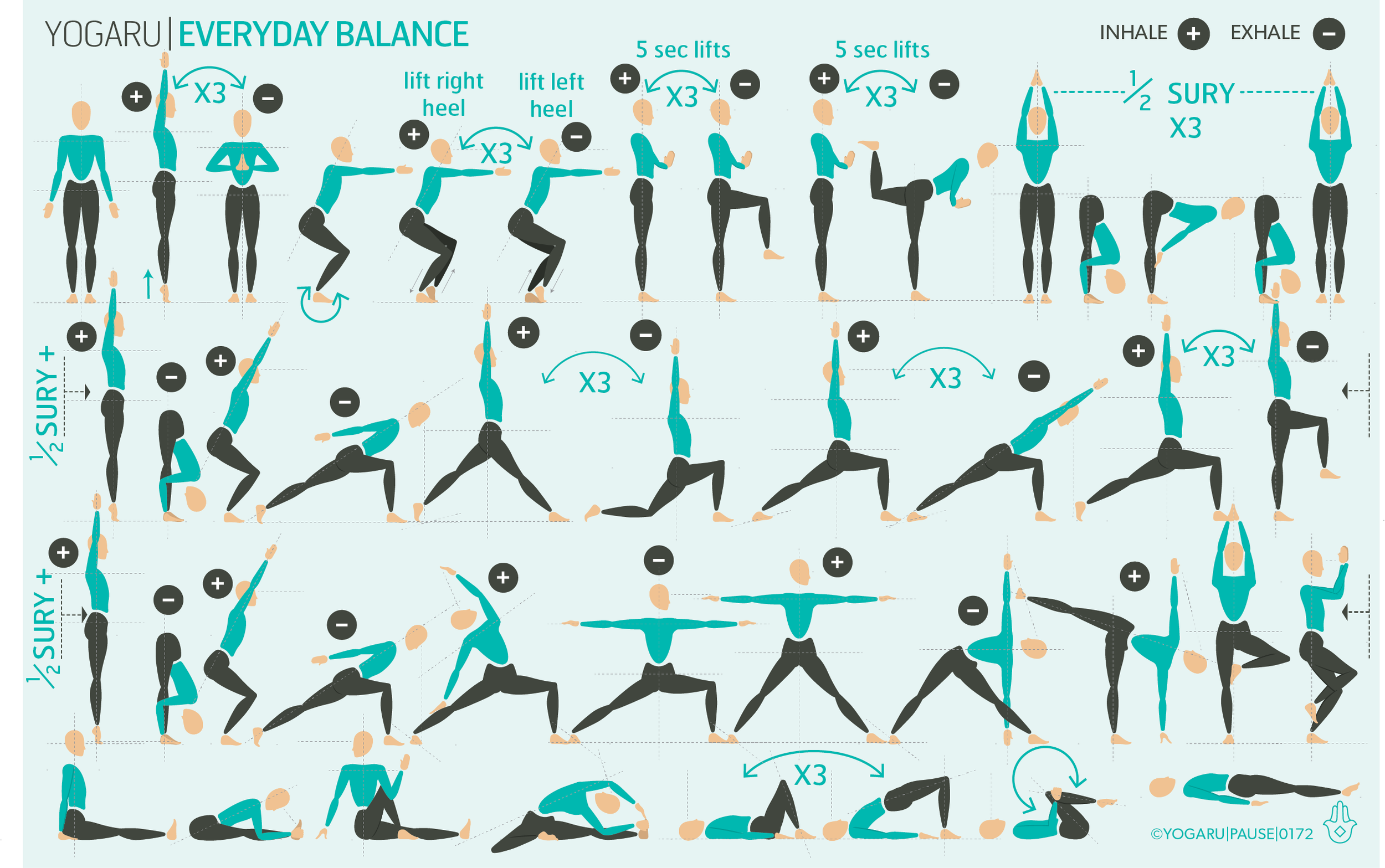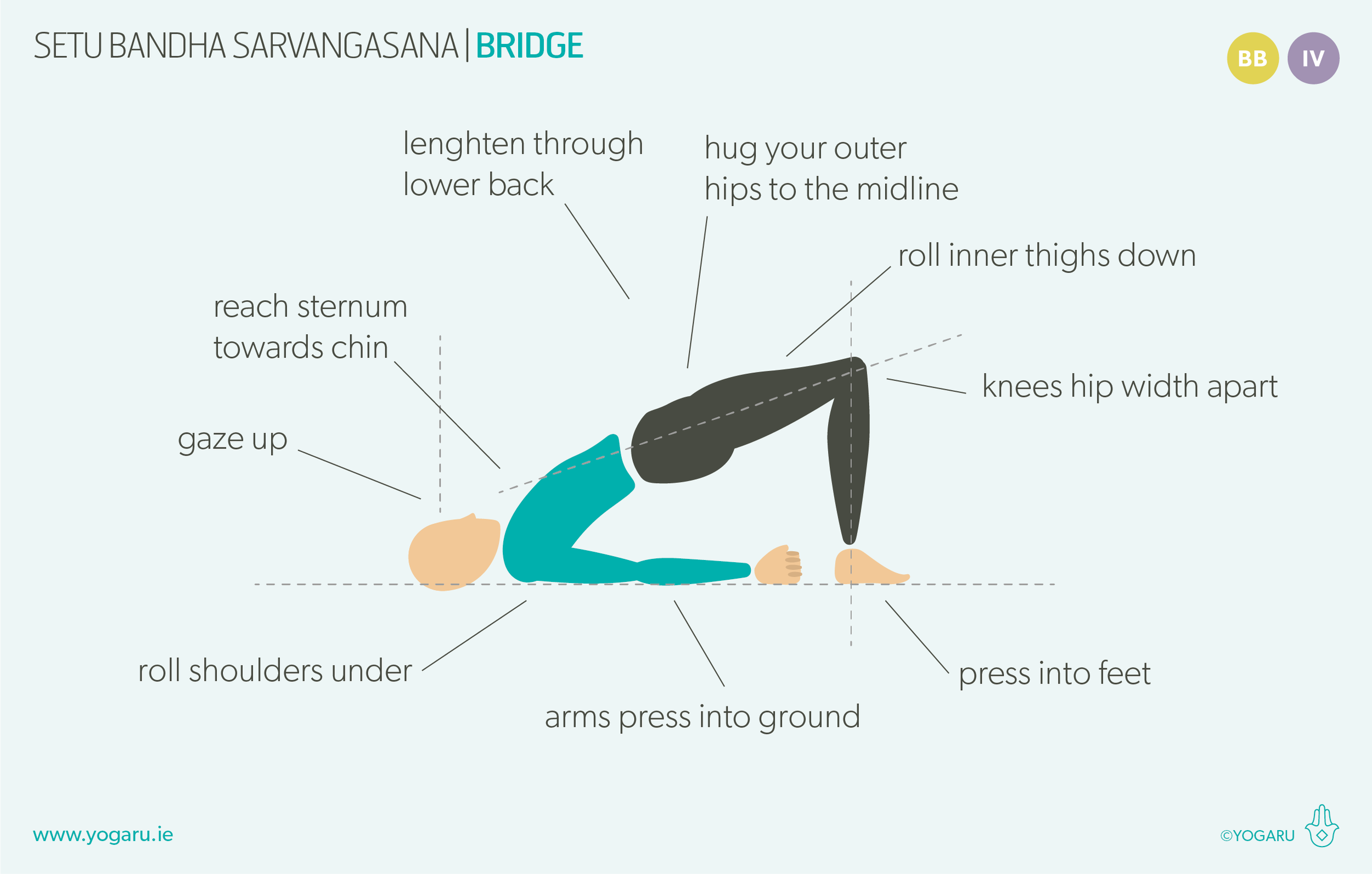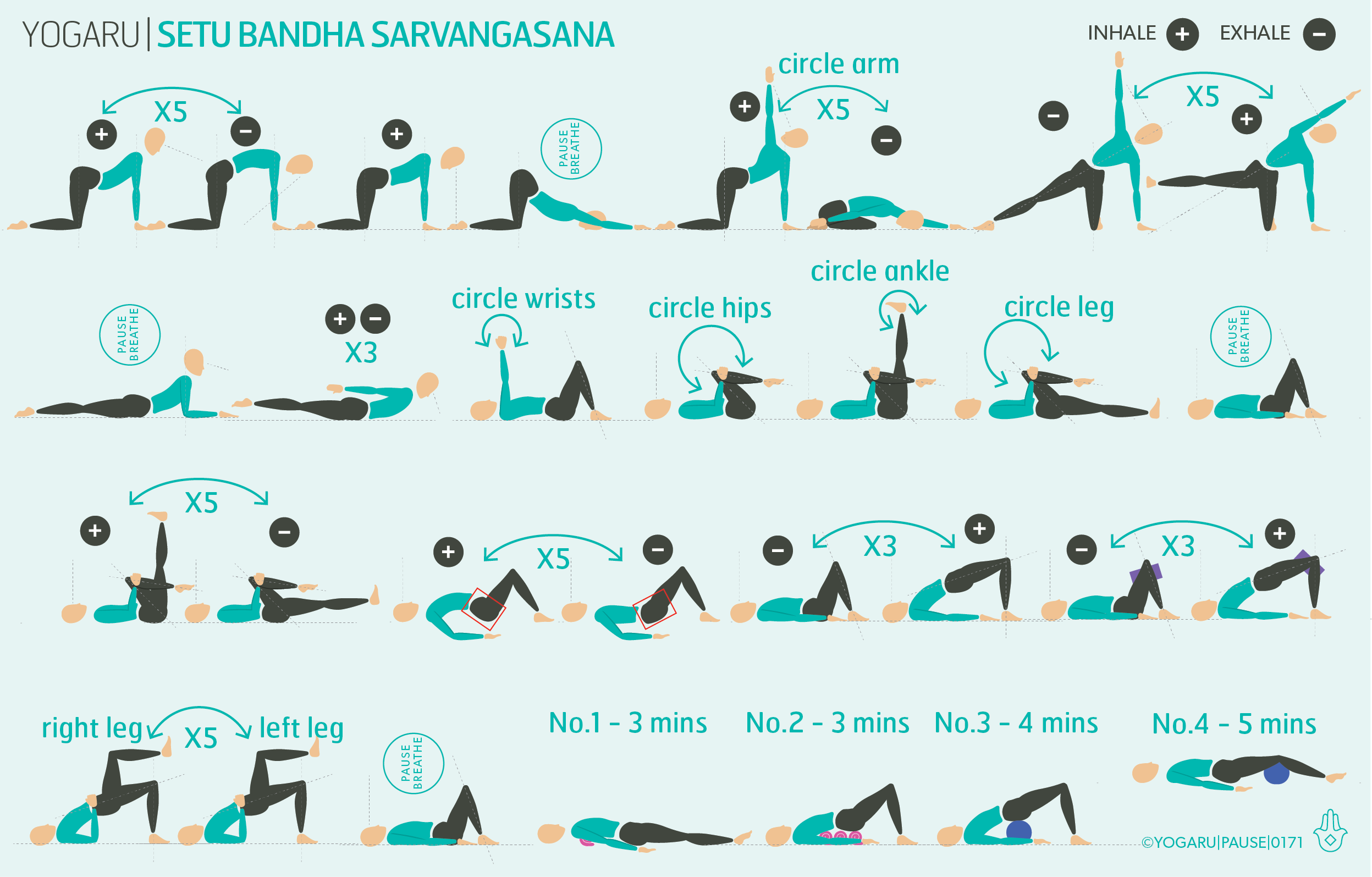BALANCE FOR LIFE
Balancing is a life skill that is important to nurture all the way through life. Similar to the life skill of your ability to safely get up and down from the ground, it works on a principle of use it or lose it. Building balancing practices into your yoga routine will keep this life skill active and help prevent risk of fall at any age, particularly later in life when it becomes more serious. Adding standing balancing poses trains pathways in the brain for balance and builds confidence, good stability and quick reactivity into your everyday life. It is not just the muscles that will become stronger but also the vestibular system of the inner ears which is the sensory system that coordinates spatial awareness with balance and movement. Adding a few drills of balance training into every yoga session, regardless of whether it's in the sequence or not, will ensure you are continuing to nourish this important skill. When you have trained this skill you will build muscle memory and the brain pathways for balance and coordination that you can tap into subconsciously when you need it. Giving you quick reactive reflexes to prevent risk of fall.
BUILD FROM THE GROUND UP
Building standing balance = feet + legs + core + posture. Balance starts from a sturdy foundation from the ground up. When you press into your feet you activate the primary balancing muscles of the legs and hips. The more you press the more active this connection is. The core braces against gravity and is often where your centre of gravity is found when in an upright standing position. Good posture helps to keep the spine stacked against the pressure of gravity. The curves of the spine absorb impact and give us the ability to react and recentre as we sway from side to side when we move. Gravity is constantly pushing us down, good balance built from all these elements will help to keep you upright, steady on your feet and moving confidently in your everyday life.
EXPLORING EVERYDAY BALANCE IN YOUR PRACTICE
This sequence builds balance, starting from your foundation, focusing on the feet first. For the standing warm ups in row one press into the ground and root down into your foundation, this will help you create a strong foundation for you to feel confident in. This first row is the perfect balance mini routine to add throughout your week to train and improve your balance. If you would like to challenge your balance more, place a folded blanket under the standing foot and grow roots into the surface you are standing on. Balancing practices trains your body to respond to wobbles. If you find you wobble lots consider this good muscles and brian training for everyday balance. To help you find your balance bend your knees to bring your centre of gravity lower. Most wobbles happen during transitions in our practice. Use this practice to transition slowly and consciously with muscular control. Be ok with your wobble and observe the body busy keeping you upright.
ALIGNMENT CUES
There is no specific peak pose in this everyday balance sequence. Use the cues below to help you flow through the sequence with ease and fluidity.
Have a read of the tips below and either print out the sequence or save it onto your device:
Use the breath guide in the sequence to help you link breath with movement in the flow. Inhale is indicated with a ‘+’, exhale is a ‘-”.
Move slowly from pose to pose. Use the transitions as an opportunity to find strength and balance in motion.
For a longer practice, repeat the standing flows three times.
To save the images for personal use click and hold down the image until the ‘save image’ option appears; on Mac hold down ‘control’ and click the image to get the option box; on PC right click on the image to get the option box. Scroll down in the ‘option box’ and click ‘save image’.
Ruth Delahunty Yogaru





